A propos Gants et mitaines gambisonnés
Welcome to section “Padded gloves and mittens”. Here you’ll find various models of padded hand’s defense.
Every model is hand-made according to the medieval patterns and customer’s individual measurements.
Only few clicks are required to order one of these padded accessory:
- Open a page of product, which you want;
- Choose required fabric (linen, cotton, leather, deerskin);
- Choose the wished colour;
- Add extra-protection for gloves (such as inset of leather or deerskin)
Once you choose all options, add product to cart and make a payment. Then our manager will contact you with measurement request and specification of order’s details.
If you ran into any difficulties with choosing or you didn’t find required padded hand protection in this category, we can make it individually for you. Just send us picture with detailed description to [email protected], so we could quote you and discuss details of order.
Hands’ protection was one of the main problem of knight during the full-contact fight or tournament battle. As the greatest part of enemies’ blows were getting in hands. At the same time, hand and fingers, as the most movable parts, should be bent as free as possible. Besides, hands were have to hold weapon firmly and reliably.
That’s why it was important thing for warrior to have at least one pair of padded gloves. At the beginning, such gloves were being crafted of tannage, and from the XI-XII centuries - of the canvas. Sometimes, a piece of leather were sewn on the palm part of the gloves for additional protection and durability. Horsehair or sheep wool were used for padding between layers of fabrics. Such mittens were defending hands with better absorption. There are also some remnants of woolen knitted gloves, which were used by Teutonic knights.
Another variant of padded protection was a gauntlets, where few layers of fabric were sewn together. So knight could easily hold heavy weapon - hand wrapped around the sword handle or pikestaff more reliably. And at the same time, phalanges were not constrained.
In regard to the cut, mittens with four fingers opposing to the thumb had the easiest one. Some models of mittens had open palm part, so hold became even stronger. Knights, who were participating in crusading stunt, making on the gauntlets not transverse, but lengthwise cut. Metal rings or scales were also often sewn on the back of hand.
Plate gauntlets gained popularity in the XIII-XIV centuries. They had conjoint segments of the pointer and middle fingers, ringer and little fingers. Such detail you can see on the figures in the cathedral of Ingelheim, Germany. These gauntlets were allowing comfortable hold and good manipulation of weapon. It was achieved due to transferring of pressure force. So, to raise level of hands and fingers protection, three-fingered gauntlets were required. As it was handier not only to strike a blow, but also hold a shield.



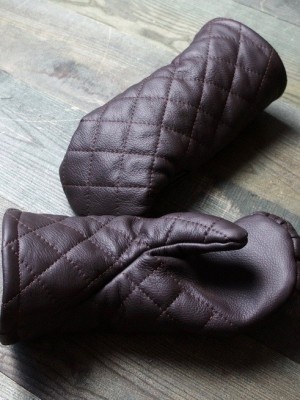
-0-4-0-1-4-300x400.jpg?v=1746523880)
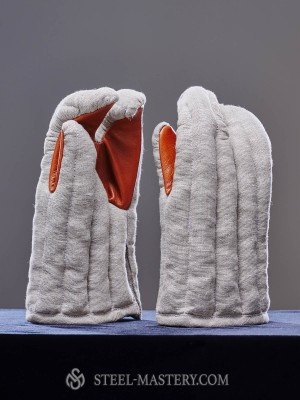
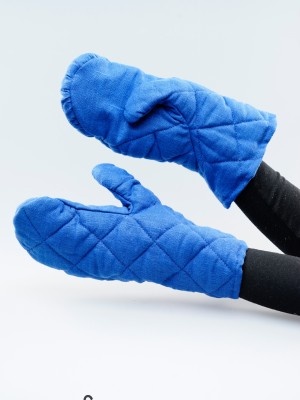

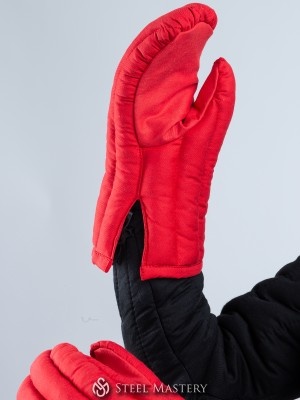
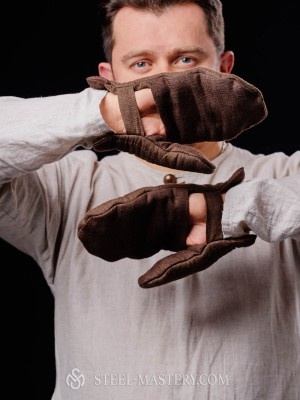
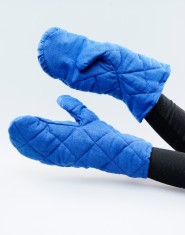
-0-1-4-185x235.jpg)